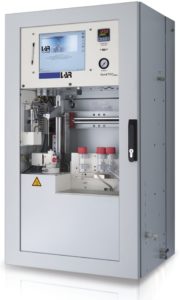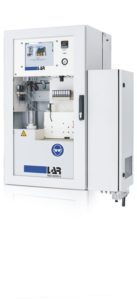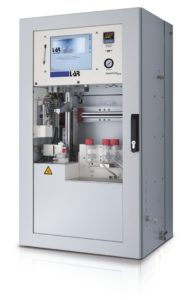
Energy & Refining
Power generation is the process of converting / transforming primary energy sources (e.g. oil, natural gas, and hydro) into easy-to-use and easy-to-transport energy (secondary energy), e.g. electricity. For that purpose, there are several methods of generating electricity available such as power plants. The processing and refinement of primary energy sources relies on refineries.
Types of Water
- Water influent
- Water effluent
- Process water
- Cooling water
- Surface water
- Boiler feed water
- Condensate return
- Discharge control
EFFECTIVE PROCESS CONTROL AND MANAGEMENT OF WATER CYCLES
Need further assistance?
Cosa Xentaur
4140 World Houston Parkway
Suite 180
Houston, TX 77032
USA















